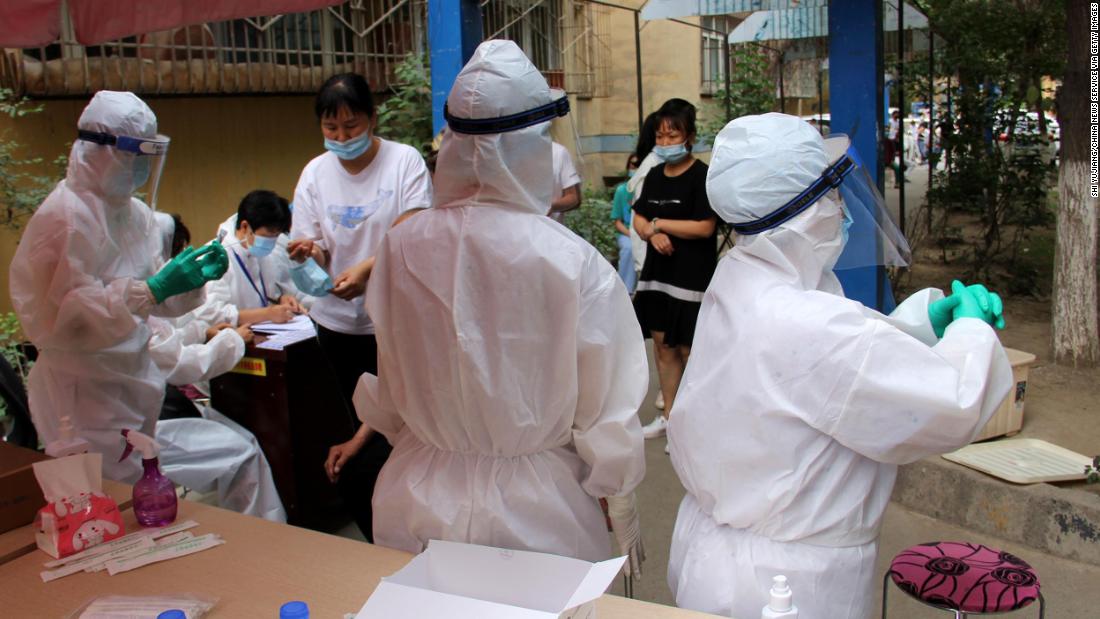
The city of Urumqi reported 17 local infections on Sunday, meaning 47 cases have been identified since last Wednesday. Before that, he had not registered a single case in nearly five months, according to Xinjiang health authorities.
Since last week, Urumqi has also registered 50 asymptomatic cases. In China, these are not considered confirmed cases according to government guidelines.
To prevent the outbreak from escalating, authorities are now implementing the so-called Beijing model.
However, in Beijing, public transportation was not closed and only neighborhoods near high-risk groups were left under total blockade. The measures in Urumqi are even stricter, a sign of how seriously the Chinese authorities are taking any resurgence of the virus.
“Wartime” mode
On Saturday, the Xinjiang government declared that Urumqi had entered “war” mode, banning all public gatherings and encouraging residents to remain in the city. Those who have to leave first must test negative for the coronavirus.
Authorities are also rolling out tests across the city, starting with neighborhoods and groups considered to be at high risk for contracting the virus.
More than 1,600 healthcare workers in Urumqi have been mobilized to carry out the tests, and an additional 200 medical workers have been dispatched from 10 provinces and cities to help.
The city’s market regulatory authorities also inspected 75 food markets, 237 supermarkets and 638 restaurants, where all employees and products tested negative.
As of Sunday morning, Urumqi had examined everyone who was under medical observation in the hospital and in self-isolation at home, and kept tracking the spike source in cases. As of Monday, there were more than 3,000 people under medical observation.
A region accustomed to surveillance.
Before the latest outbreak, Xinjiang had overcome the first wave of the coronavirus with just 76 cases, including three deaths, in part due to strict blockade measures in February and March.
Restrictions on freedom of movement are not new in the region. In recent years, Xinjiang has come under increasing police surveillance amid a security crackdown on its 11 million Uighurs.
Last week, the Trump administration imposed sanctions on several Chinese officials, including Chen Quanguo, Communist Party secretary for Xinjiang, for their involvement in human rights abuses against ethnic minority groups in Xinjiang.
Beijing retaliated by announcing sanctions against US officials, including Senators Marco Rubio and Ted Cruz, and called on the United States to “stop interfering in China’s international affairs.”
.